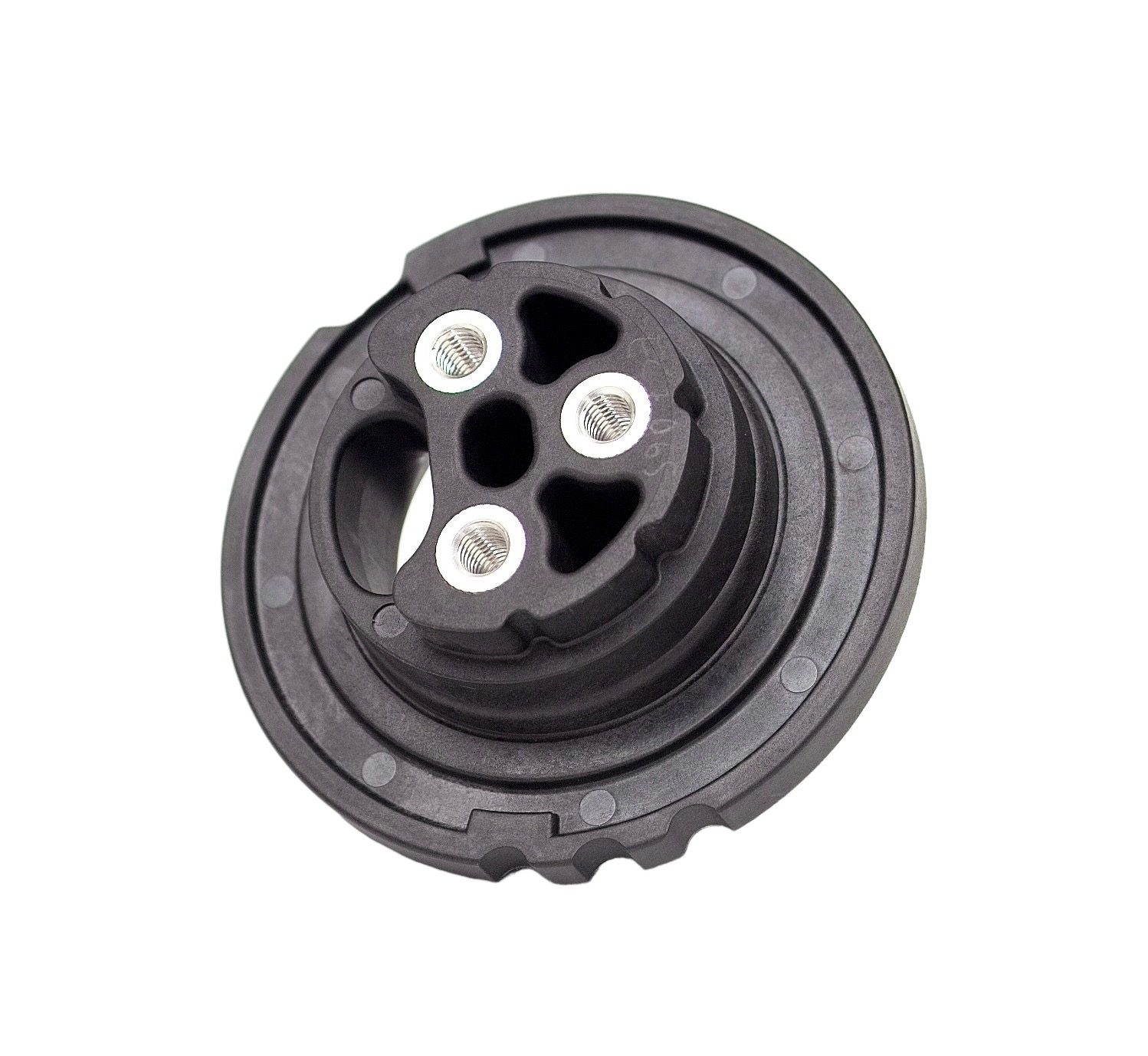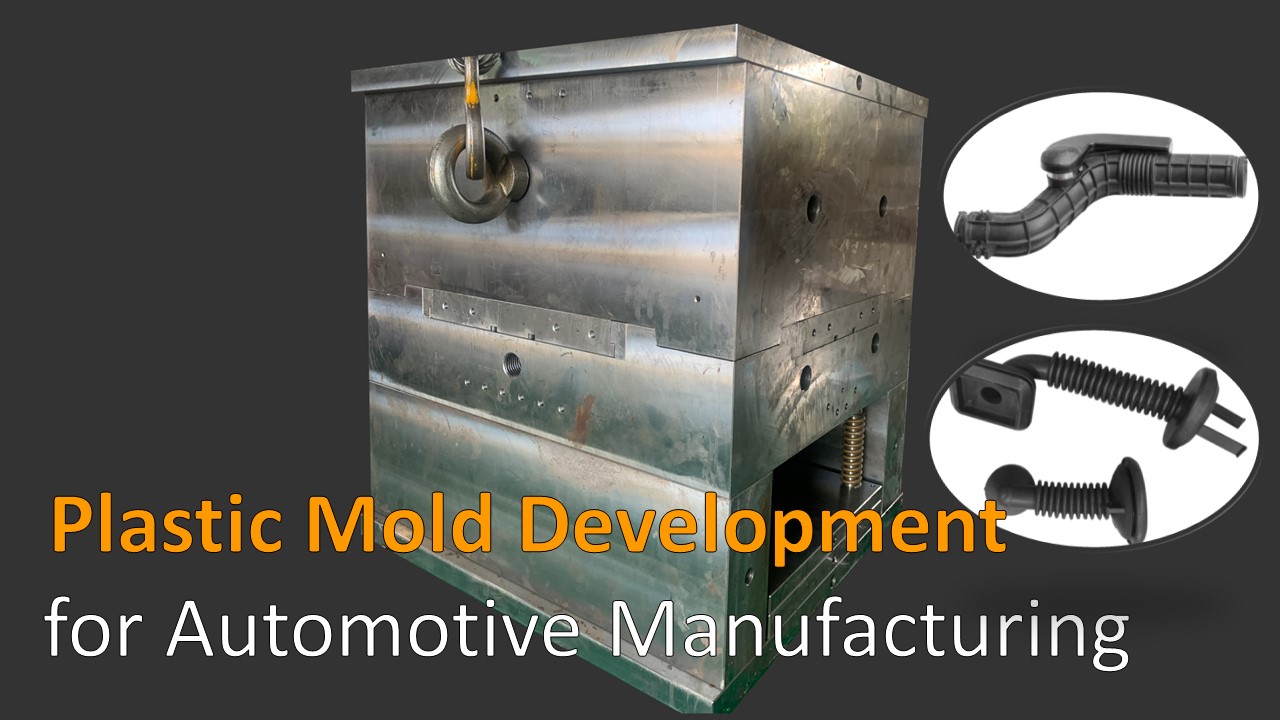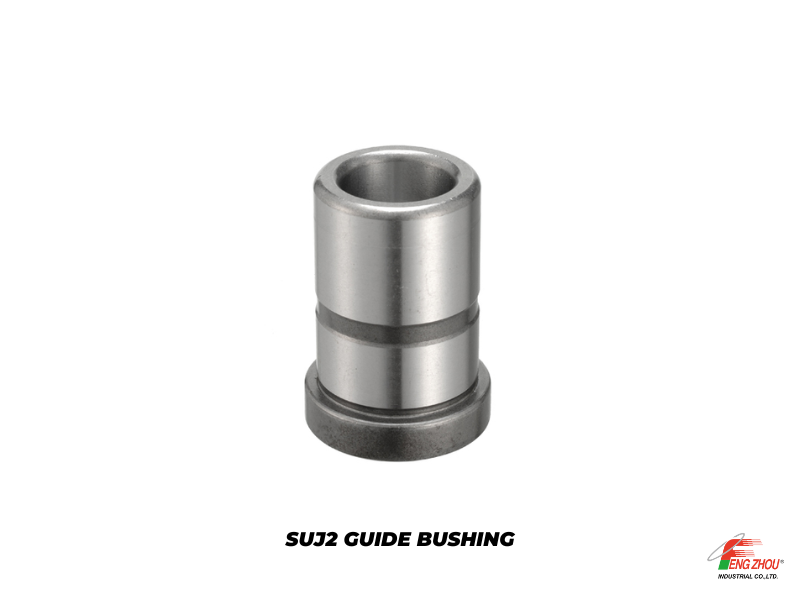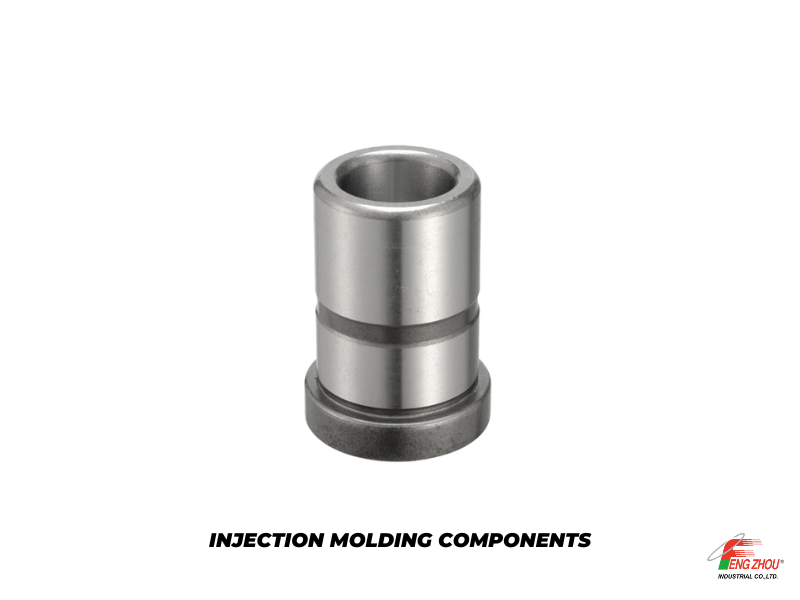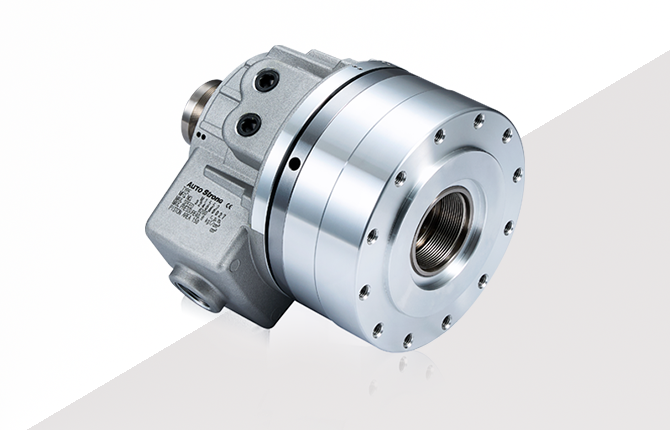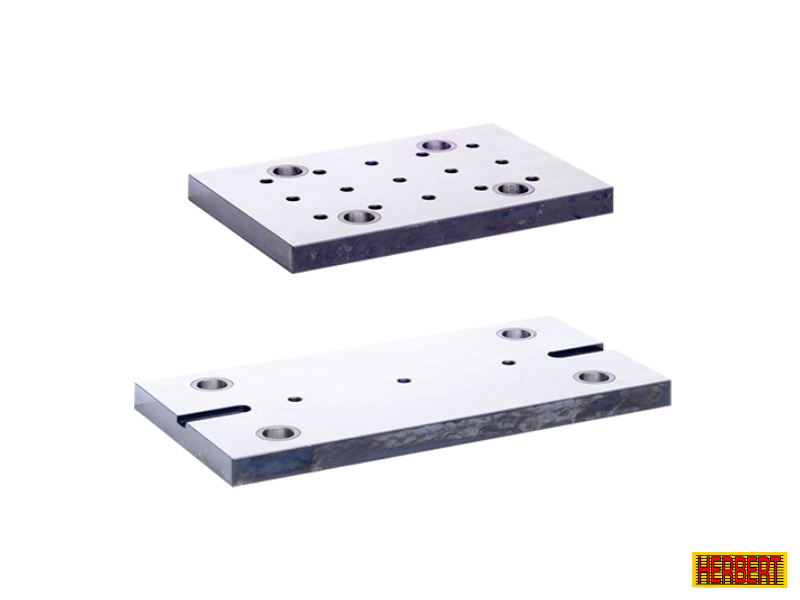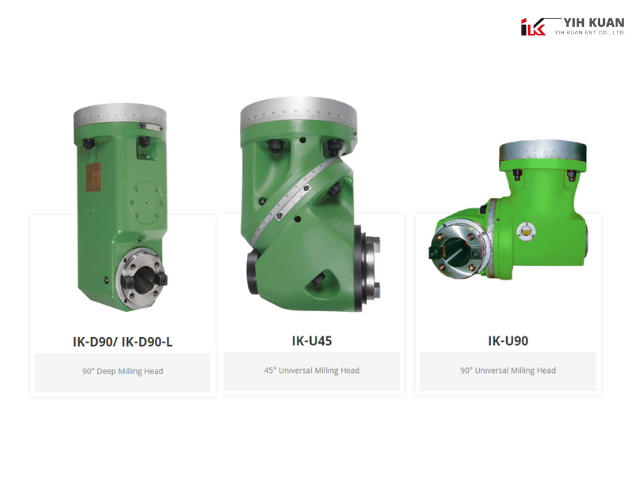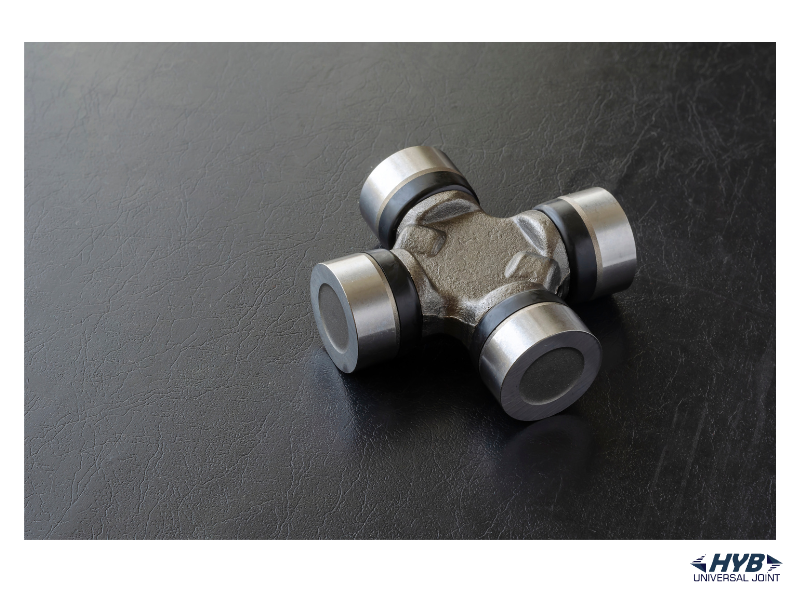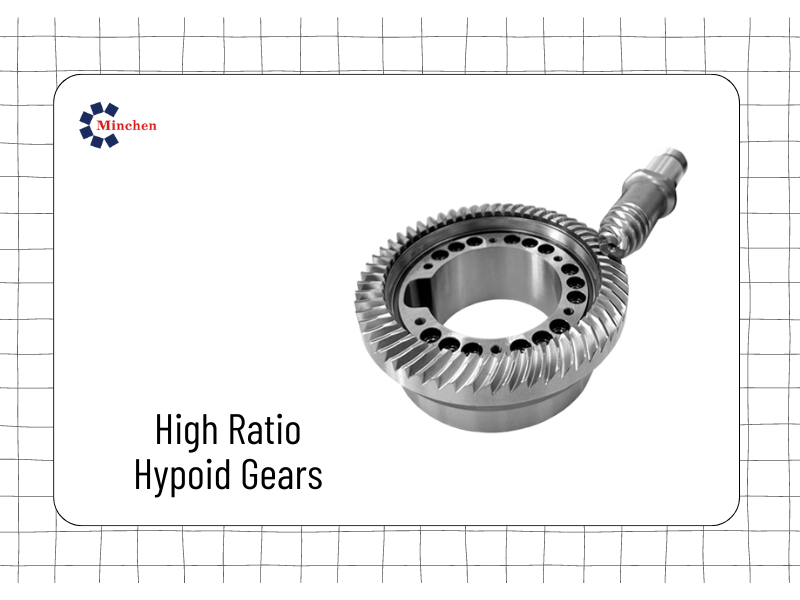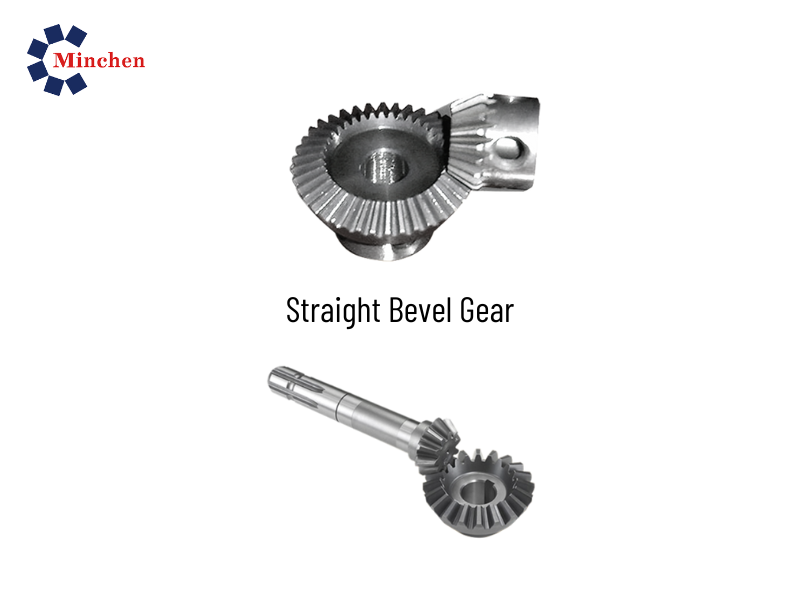Piston ring suppliers
2021-11-10Auto Parts
A piston ring is a metallic split ring that is attached to the outer diameter of a piston in an internal combustion engine or steam engine.
The main functions of piston rings in engines are:
- Sealing the combustion chamber so that there is minimal loss of gases to the crank case.
- Improving heat transfer from the piston to the cylinder wall.
- Maintaining the proper quantity of the oil between the piston and the cylinder wall
- Regulating engine oil consumption by scraping oil from the cylinder walls back to the sump.
Most piston rings are made from cast iron or steel.
History
Steam engine with 3 piston rings at location D
Spring-loaded piston rings
Early steam engines used a hemp packing to seal the combustion chamber,which caused high frictional resistance and did not provide a very effective seal.
The first use of a piston ring in the cylinders of a steam engine appears in 1825 by Neil Snodgrass, a Glasgow engineer and mill-owner, for use in his own machines. This used springs to keep the seal steam-tight. From use within the mill this was experimented on the steamer "Caledonia" which plied the Gareloch.
The modern design of a metallic split-ring was invented by John Ramsbottom in the 1850s. Ramsbottom's initial design in 1852 was a circular shape, however these wore unevenly and were not successful. In 1854, a revised design was claimed to have a lifespan of up to 4,000 mi (6,437 km).This was based on the discovery that a perfectly round (prior to installation) ring with a split in it does not exert an even pressure on the cylinder walls once installed. The revised piston ring was manufactured to an out-of-round shape, so that it would exert even pressure once installed in the cylinder. An 1855 patent documented this change. The switch to metallic piston rings dramatically reduced the frictional resistance, the leakage of steam, and the mass of the piston, leading to significant increases in power and efficiency and longer maintenance intervals.



